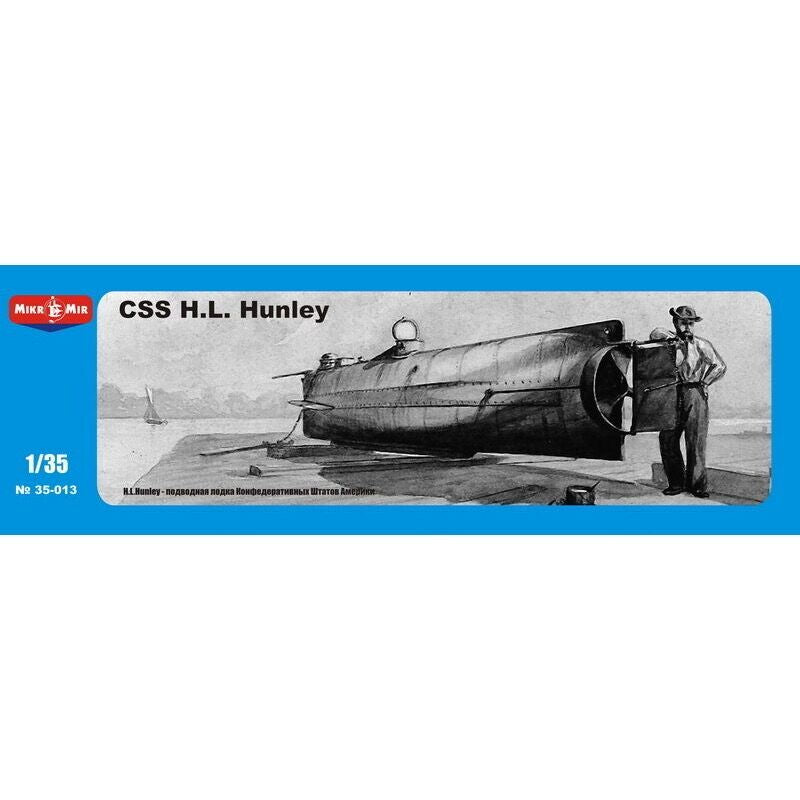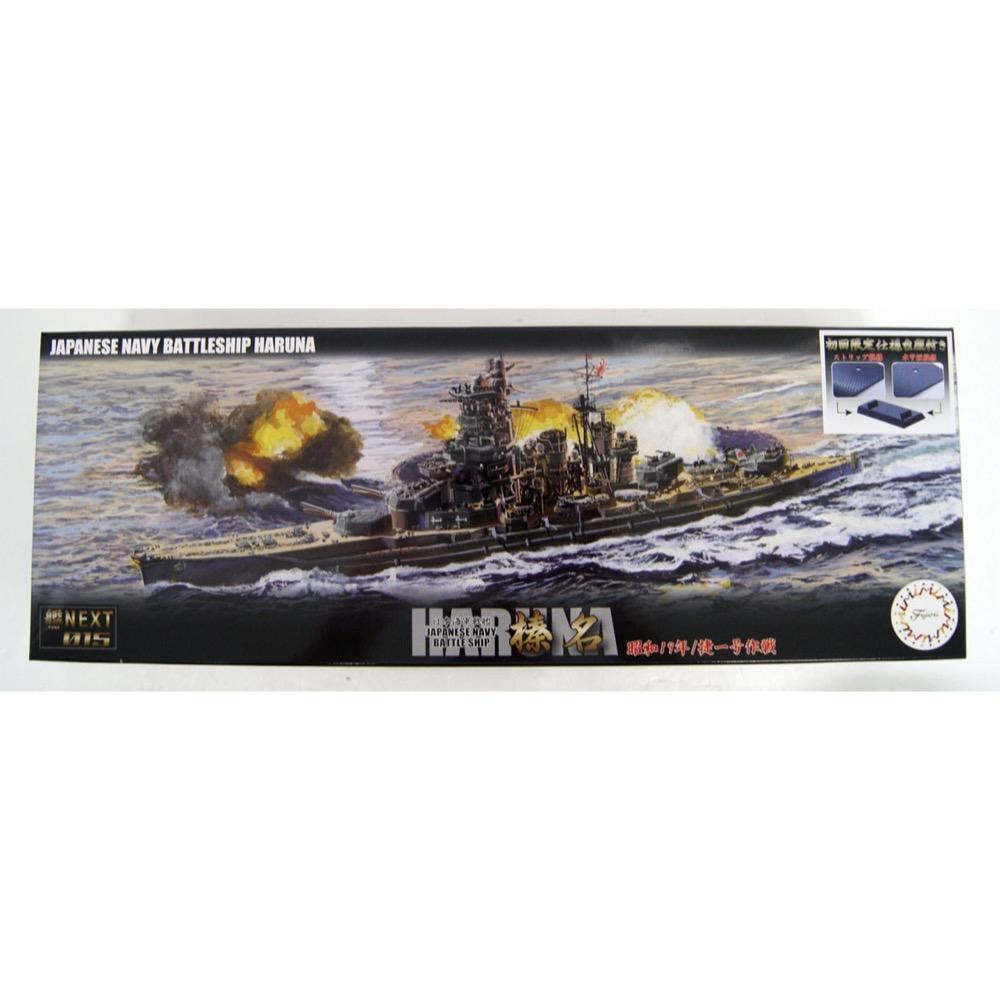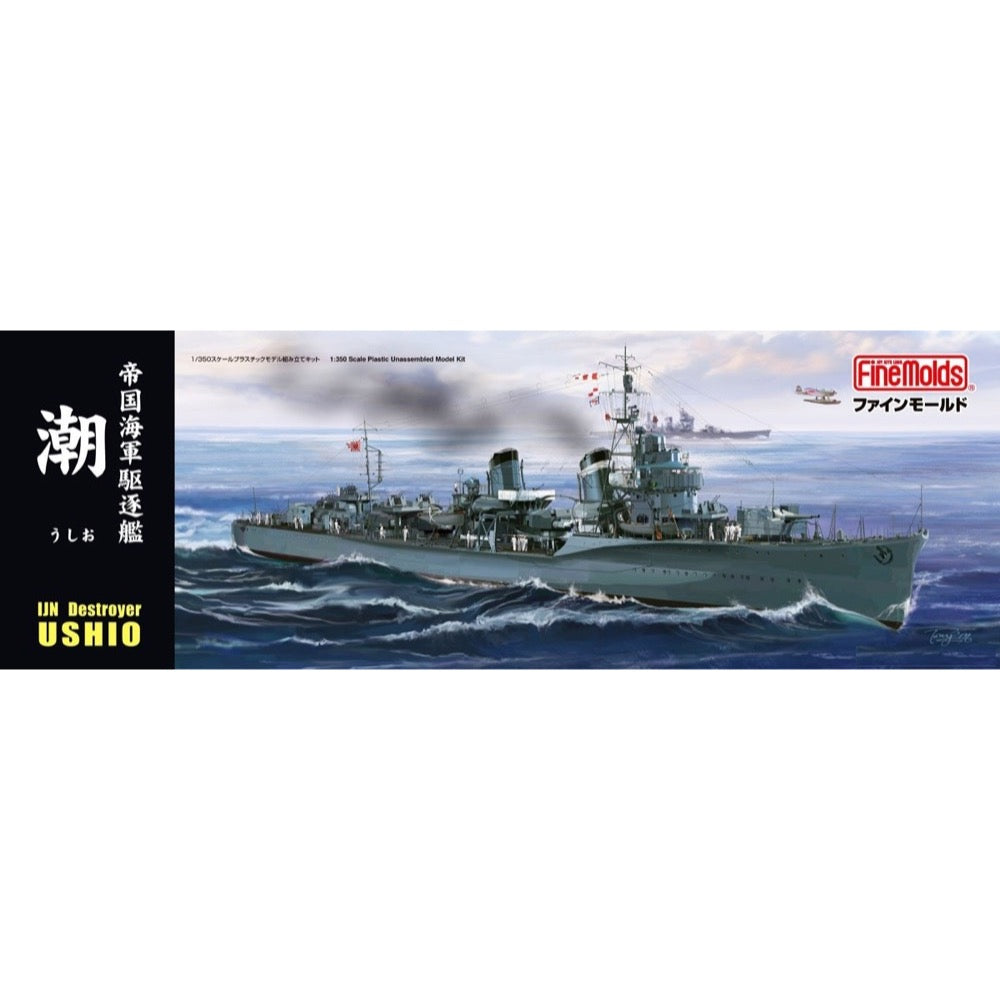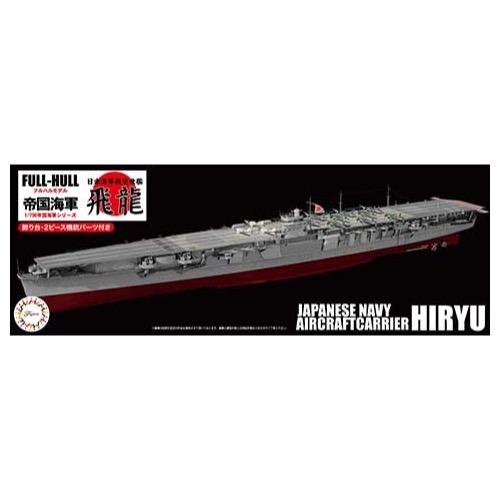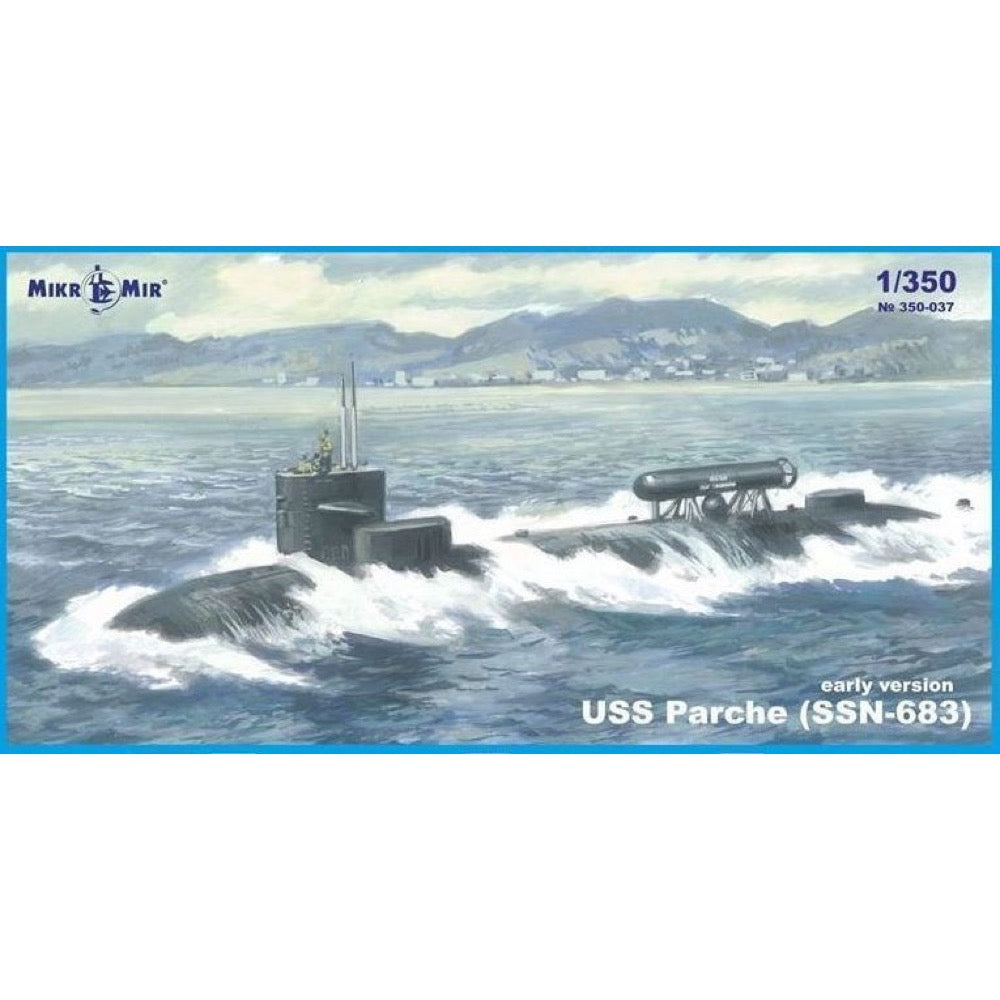
Mikro-Mir 037 1/350 USS Parceh (SSN-683) submarine
Micro-Mir 35037 1/350 USS Parceh (SSN-683) submarine Plastic Model Kit
The model has an excellent design, as well as detailing and is designed for assembly by experienced modelers.
USS Parche (SSN-683), a Sturgeon-class submarine, was the second ship of the United States Navy to be named for the parche /èÎpƒÔè�rèötæÄeƒ»/, a small, coral reef butterfly fish. Parche was launched on 13 January 1973, sponsored by Mrs. Philip A. Beshany, and commissioned on 17 August 1974 with Commander Richard N. Charles in command.
Attributed as being a key resource of the National Underwater Reconnaissance Office, Parche is said to be "the most highly decorated vessel in U.S. history."
Set Includes:
- 2 sprues with parts
- decal (sticker)
- photo-etched parts
- scheme for painting model
- detailed instruction
- Glue and paints are not included
Length of the model: 263 mm / 10.35 inches
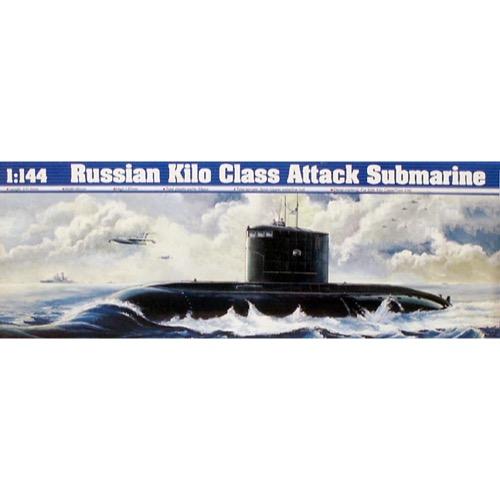
Trumpeter 05903 1/144 Russian Kilo Class Attack Submarine
Trumpeter 05903 1/144 Russian Kilo Class Attack Submarine
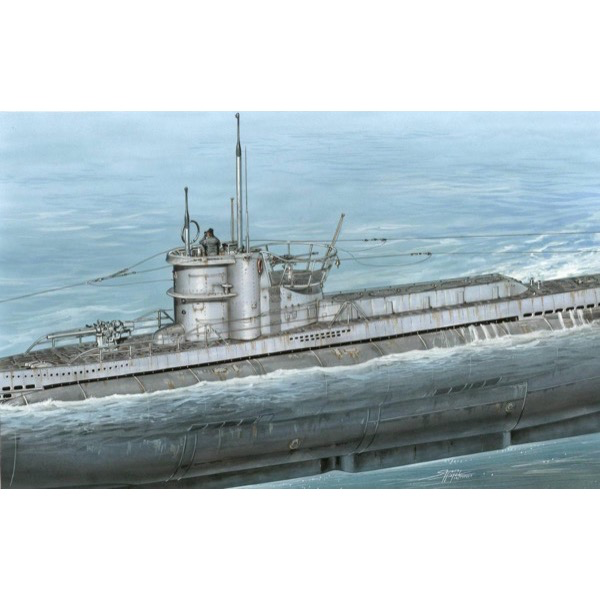
Special Navy U-Boat VIID- Conversion
Resin and plastic conversion set for the Revell 1/72 U-Boat Type VIID to convert into the minelayer version.

Trumpeter 05620 1/350 USS Constellation CV-64
USS Constellation (CV-64), a Kitty Hawk–class supercarrier, was the third ship of the United States Navy to be named in honor of the "new constellation of stars" on the flag of the United States and the only naval vessel ever authorized to display red, white, and blue designation numbers. One of the fastest ships in the Navy, as proven by her victory during a battlegroup race held in 1985, she was nicknamed "Connie" by her crew and officially as "America's Flagship".
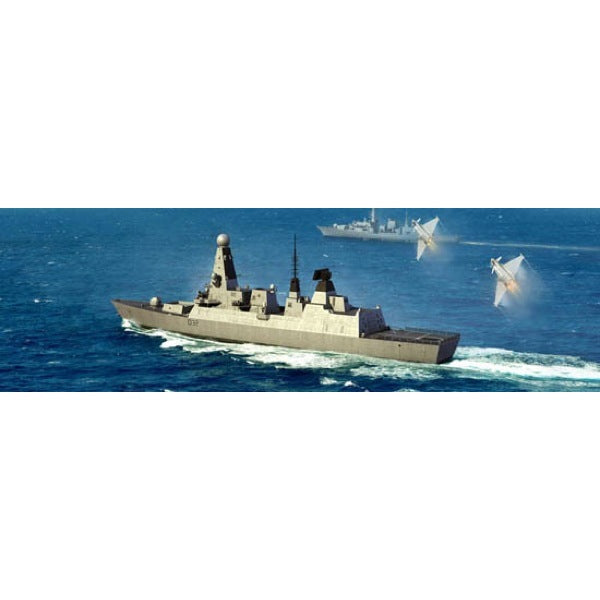
Trumpeter 04550 1/350 HMS Type 45 Destroyer
High quality, precision plastic model kit. Paint and glue not included. Requires assembly and painting. For intermediate to advanced skill modellers.
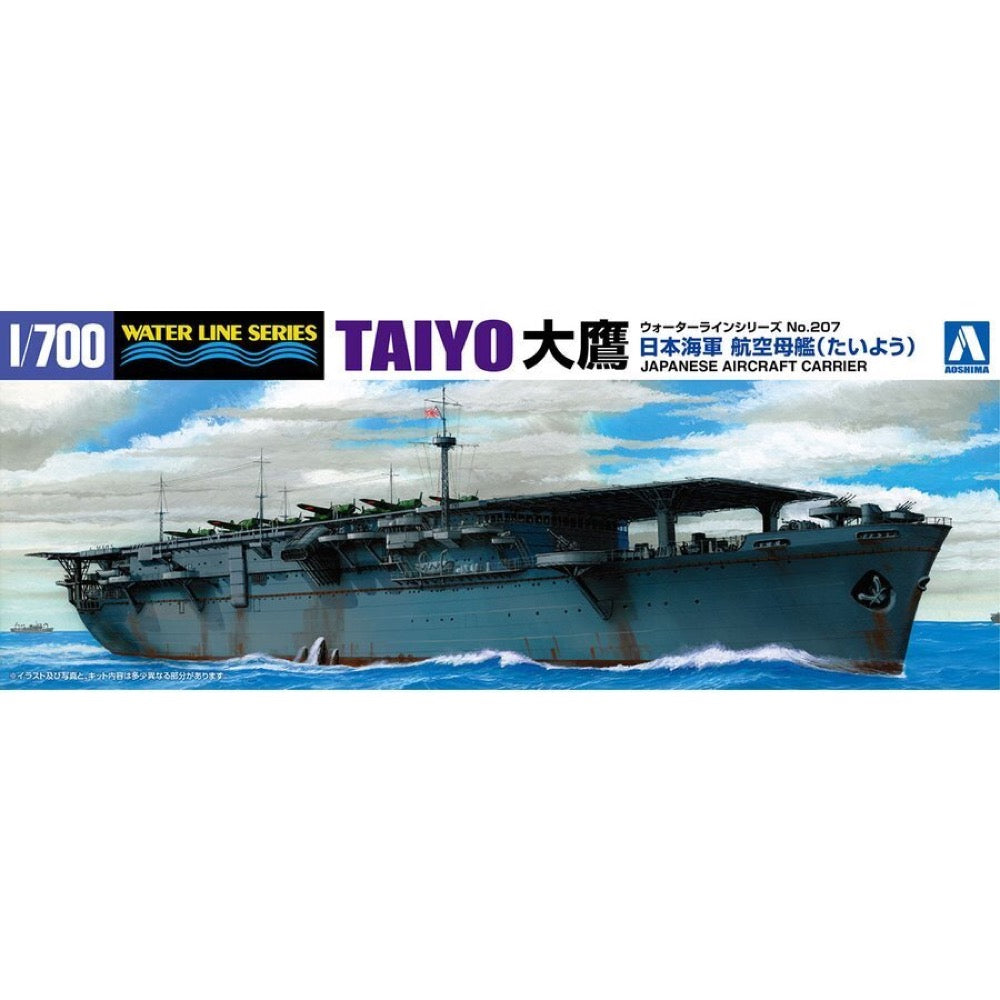
Aoshima A004520 1/700 I.J.N. Aircraft Carrier Taiyo
This is a plastic model kit, which comes unassembled and unpainted. So glue, model paints and other basic modelling tools are additionally required.
The IJN Taiyo was a Japanese escort aircraft carrier that saw action during World War II. Taiyo was built in 1941 and was originally intended as a transport ship, but was later adapted to the role of an escort aircraft carrier.
During the war, Taiyo participated in numerous operations in the Pacific, including the Battle of Guadalcanal and the Battle of the Solomon Islands. In May 1943, Taiyo was severely damaged during an attack by the American submarine USS Nautilus. Despite the damage, Taiyo was repaired and returned to service.
In April 1944, Taiyo participated in Operation I-Go, which was an attempt by the Japanese fleet to destroy the American invasion force in the Solomon Islands. During the operation, Taiyo was hit by a torpedo from an American aircraft, which caused an explosion on board and a fire that contributed to its sinking. Only about 150 crew members survived, out of the more than 1,000 who were on board at the time of the attack.
Taiyo was one of many Japanese aircraft carriers that were destroyed during the war. Her role as an escort carrier was important, but she lacked adequate weapons and armor, which made her an easy target for American air and sea attacks.
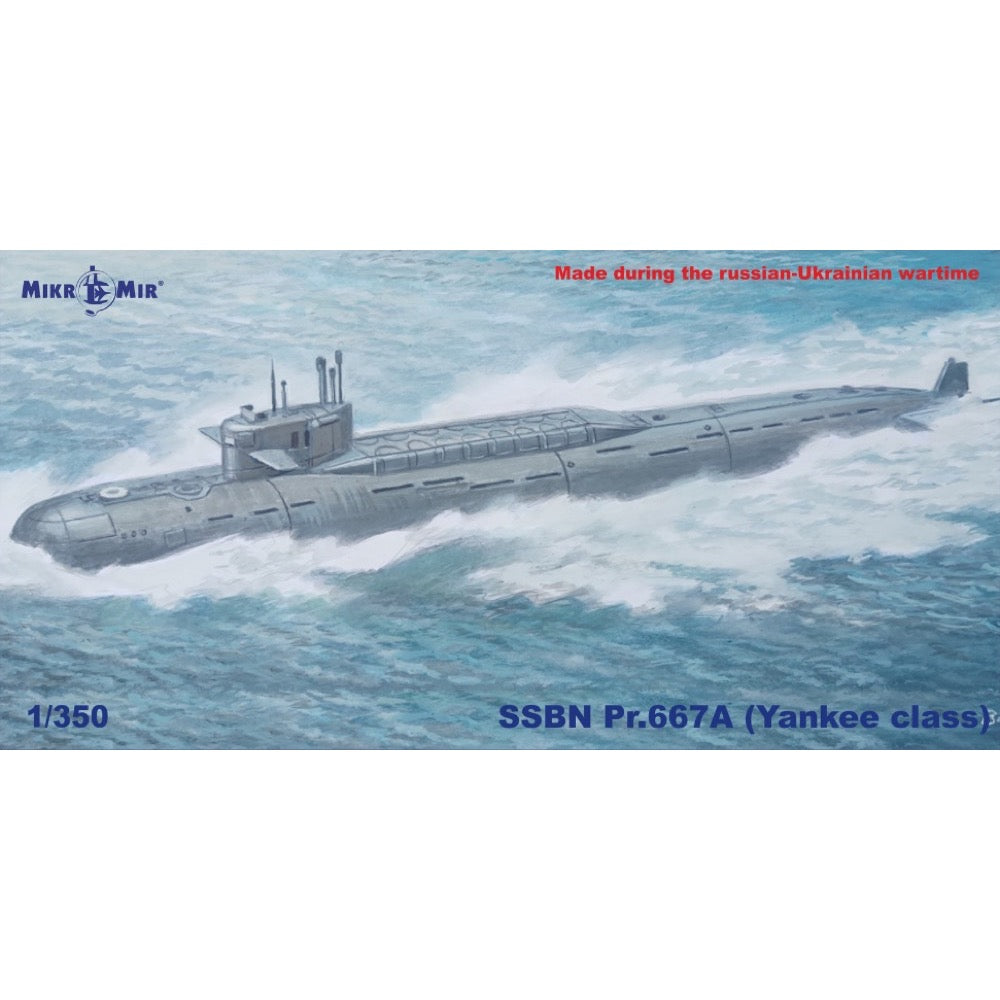
Mikro-Mir 350-045 1/350 SSBN Pr.667A Yankee Class
The Yankee I-class (or Project 667A) ships were Soviet nuclear-powered submarines carrying nuclear-warhead ballistic missiles (SSBN) that entered service from 1966. In total, 34 ships of this class were built. A single unit of this type was 130 m long and 12 m wide, with an underwater displacement of approx. 9,600 tons. The maximum underwater speed reached 26-27 knots. The armament consisted of 16 SS-N-6 ballistic missile launchers and 6 bow 533 mm torpedo tubes. It is debatable whether they also received 400 mm torpedo tubes.
The Yankee I submarines were the first real SSBNs in the history of the Soviet Navy, comparable to the American USS George Washington or the Lafayette class ships. They were also a real breakthrough in the USSR Navy in relation to the Hotel or Golf class units. They differed from their predecessors in many aspects: the structure of the hull and conning tower, dimensions, number of missiles or underwater performance. Their main armament was SS-N-6 ballistic missiles, which in the earliest version had a range of 2,400 kilometers and could carry a 1 MT warhead. Yankee I class submarines were built at the shipyards in Severodvinsk and Komsomolsk-on-Amur.


